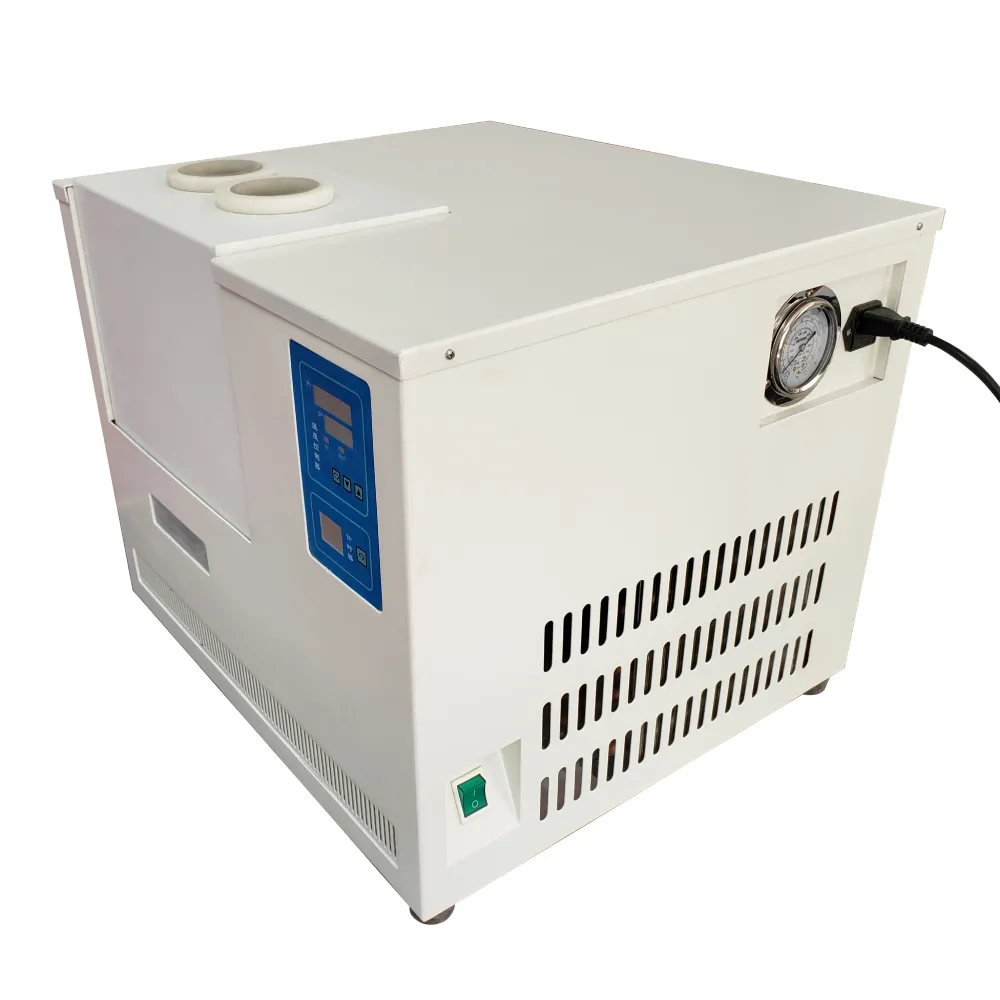 English
English



-
 Afrikaans
Afrikaans -
 Albanian
Albanian -
 Amharic
Amharic -
 Arabic
Arabic -
 Armenian
Armenian -
 Azerbaijani
Azerbaijani -
 Basque
Basque -
 Belarusian
Belarusian -
 Bengali
Bengali -
 Bosnian
Bosnian -
 Bulgarian
Bulgarian -
 Catalan
Catalan -
 Cebuano
Cebuano -
 China
China -
 China (Taiwan)
China (Taiwan) -
 Corsican
Corsican -
 Croatian
Croatian -
 Czech
Czech -
 Danish
Danish -
 Dutch
Dutch -
 English
English -
 Esperanto
Esperanto -
 Estonian
Estonian -
 Finnish
Finnish -
 French
French -
 Frisian
Frisian -
 Galician
Galician -
 Georgian
Georgian -
 German
German -
 Greek
Greek -
 Gujarati
Gujarati -
 Haitian Creole
Haitian Creole -
 hausa
hausa -
 hawaiian
hawaiian -
 Hebrew
Hebrew -
 Hindi
Hindi -
 Miao
Miao -
 Hungarian
Hungarian -
 Icelandic
Icelandic -
 igbo
igbo -
 Indonesian
Indonesian -
 irish
irish -
 Italian
Italian -
 Japanese
Japanese -
 Javanese
Javanese -
 Kannada
Kannada -
 kazakh
kazakh -
 Khmer
Khmer -
 Rwandese
Rwandese -
 Korean
Korean -
 Kurdish
Kurdish -
 Kyrgyz
Kyrgyz -
 Lao
Lao -
 Latin
Latin -
 Latvian
Latvian -
 Lithuanian
Lithuanian -
 Luxembourgish
Luxembourgish -
 Macedonian
Macedonian -
 Malgashi
Malgashi -
 Malay
Malay -
 Malayalam
Malayalam -
 Maltese
Maltese -
 Maori
Maori -
 Marathi
Marathi -
 Mongolian
Mongolian -
 Myanmar
Myanmar -
 Nepali
Nepali -
 Norwegian
Norwegian -
 Norwegian
Norwegian -
 Occitan
Occitan -
 Pashto
Pashto -
 Persian
Persian -
 Polish
Polish -
 Portuguese
Portuguese -
 Punjabi
Punjabi -
 Romanian
Romanian -
 Russian
Russian -
 Samoan
Samoan -
 Scottish Gaelic
Scottish Gaelic -
 Serbian
Serbian -
 Sesotho
Sesotho -
 Shona
Shona -
 Sindhi
Sindhi -
 Sinhala
Sinhala -
 Slovak
Slovak -
 Slovenian
Slovenian -
 Somali
Somali -
 Spanish
Spanish -
 Sundanese
Sundanese -
 Swahili
Swahili -
 Swedish
Swedish -
 Tagalog
Tagalog -
 Tajik
Tajik -
 Tamil
Tamil -
 Tatar
Tatar -
 Telugu
Telugu -
 Thai
Thai -
 Turkish
Turkish -
 Turkmen
Turkmen -
 Ukrainian
Ukrainian -
 Urdu
Urdu -
 Uighur
Uighur -
 Uzbek
Uzbek -
 Vietnamese
Vietnamese -
 Welsh
Welsh -
 Bantu
Bantu -
 Yiddish
Yiddish -
 Yoruba
Yoruba -
 Zulu
Zulu
Understanding the Principles and Applications of Gas Chromatography Techniques in Laboratory Analysis
Understanding Gas Chromatography A Key Analytical Technique
Gas chromatography (GC) is a powerful analytical technique widely used for separating and analyzing compounds that can be vaporized without decomposition. This method is essential in various fields, including chemistry, environmental monitoring, food safety, and pharmaceuticals. By understanding the core components and operational principles of gas chromatography, one can appreciate its value in chemical analysis.
Understanding Gas Chromatography A Key Analytical Technique
The key components of a gas chromatograph include the sample injector, the column, the detector, and the data system. The injector introduces a small volume of the sample (usually in the microliter range) into the carrier gas stream. It is crucial that the sample is vaporized efficiently to ensure effective separation. The column, which can vary in length and diameter, is the heart of the GC system where the separation takes place. The choice of stationary phase material and column dimensions can significantly influence the separation efficiency and resolution.
gas chromatography unit

Once the separated components exit the column, they are detected by a detector, which is responsible for identifying and quantifying each compound. Common detector types include flame ionization detectors (FID), thermal conductivity detectors (TCD), and mass spectrometers (MS). The FID is particularly popular due to its sensitivity and ability to detect a wide range of organic compounds. The signal generated by the detector is then processed and displayed as a chromatogram, which shows peaks corresponding to each component, with the area under each peak representing the quantity of the substance.
One of the key advantages of gas chromatography is its high resolution and sensitivity, allowing for the detection of trace amounts of compounds. This makes it an invaluable tool in environmental science for analyzing pollutants in air, water, and soil. In the food industry, GC is used to monitor flavor compounds, preservatives, and contaminants, ensuring food safety and quality. Additionally, in the pharmaceutical sector, it plays a critical role in drug development and quality control, facilitating the identification and quantification of active ingredients and impurities.
However, gas chromatography does have its limitations. It is primarily suitable for volatile and thermally stable compounds. This means non-volatile substances must first be derivatized to make them suitable for analysis. Moreover, the method requires careful calibration and validation to ensure accurate results.
In summary, gas chromatography is an essential analytical technique with broad applications across various scientific fields. Its ability to separate, identify, and quantify compounds makes it indispensable for research and quality control. As technology advances, the capabilities and efficiencies of gas chromatography continue to improve, further enhancing its role in analytical chemistry and beyond. By embracing this technique, scientists can gain deeper insights into the composition of complex mixtures, leading to further advancements in science and technology.
-
Testing Equipment Industry Sees Major Advancements in 2025: Smart & Precision Technologies Lead the WayNewsJun.06,2025
-
Applications of Direct Current Generators in Renewable Energy SystemsNewsJun.05,2025
-
Hipot Tester Calibration and Accuracy GuidelinesNewsJun.05,2025
-
Digital Circuit Breaker Analyzer Features and BenefitsNewsJun.05,2025
-
Benefits of Real-Time Power Quality Monitoring Devices for Industrial EfficiencyNewsJun.05,2025
-
Earth Fault Loop Testing in High-Rise Building Electrical SystemsNewsJun.05,2025



